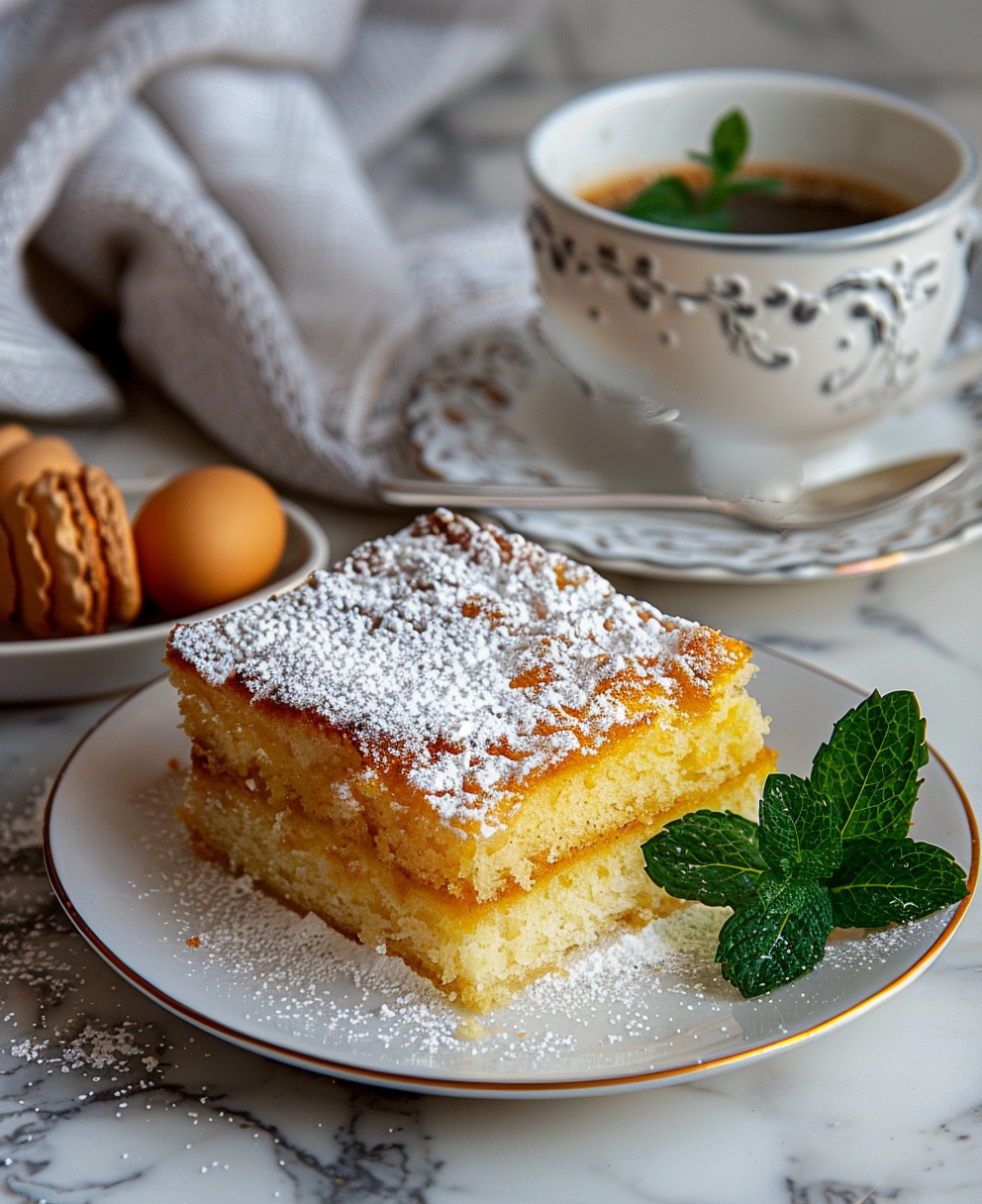
Why I Fell in Love with Milhojas Cake
I’ve always had a sweet tooth. Whether it’s a slice of pie or a decadent chocolate dessert, there’s something about sweets that makes life better. But nothing prepared me for the moment I first tasted a milhojas cake. It was during a trip to South America where I stumbled upon this gem. One bite, and I knew I’d found my new favorite dessert.
What makes milhojas cake so special? Imagine layers of flaky puff pastry stacked with creamy dulce de leche. The combination is simple yet irresistible. This dessert isn’t just popular in one place—it’s loved worldwide. From milhojas argentina to milhojas chile, each region adds its own twist. And trust me, once you try it, you’ll understand why it’s a must-have treat.
What is a Milhojas Cake?
You might be wondering, what exactly is a milhojas cake? At its core, it’s a dessert made of thin, crispy layers of puff pastry held together by rich dulce de leche. Each bite offers a perfect balance of textures—crunchy and creamy all at once. The name itself gives a clue about its structure. In Spanish, “mil hojas” translates to “a thousand leaves,” referring to the many layers that make up the cake.
So, what is milhojas in English? The direct translation is “thousand leaves.” When people ask, “What is Mil Hojas cake in English?” they’re often surprised to learn it’s simply called a “thousand-layer cake.” Another term you might hear is mil hojas pastel, which also refers to this beloved dessert. No matter what you call it, the concept remains the same: layers upon layers of pure deliciousness.
The History and Cultural Significance of Milhojas Cake
The story of milhojas cake begins in Latin America, where it became a dessert staple. Its origins trace back to European influences, particularly French mille-feuille, but Latin American bakers added their own flair. Over time, it evolved into something uniquely regional. For instance, milhojas argentina often features a dusting of powdered sugar, while milhojas chile might include fresh fruit for a refreshing twist.
In Argentina and Chile, the milhojas pastel holds a special place in celebrations. Birthdays, weddings, and holidays often feature this dessert as a centerpiece. Bakers take pride in crafting the perfect version, ensuring every layer is crisp and evenly coated with dulce de leche. It’s more than just a dessert—it’s a symbol of joy and togetherness.
Here’s a fun fact: Queen Elizabeth reportedly had her own favorite cake, but I’ll bet she would’ve enjoyed a slice of milhojas cake. While her go-to wasn’t milhojas, the dessert’s elegance and charm would fit right in at any royal table. Who knows? Maybe one day, it’ll earn a spot among the world’s most iconic cakes.
Whether you’re searching for a milhojas cake near me or planning to bake your own mexican milhojas cake recipe, this dessert deserves a place on your list. With its rich history and global appeal, it’s no wonder people everywhere are falling in love with it. Stay tuned—I’ll share more tips and tricks to help you master this treat!
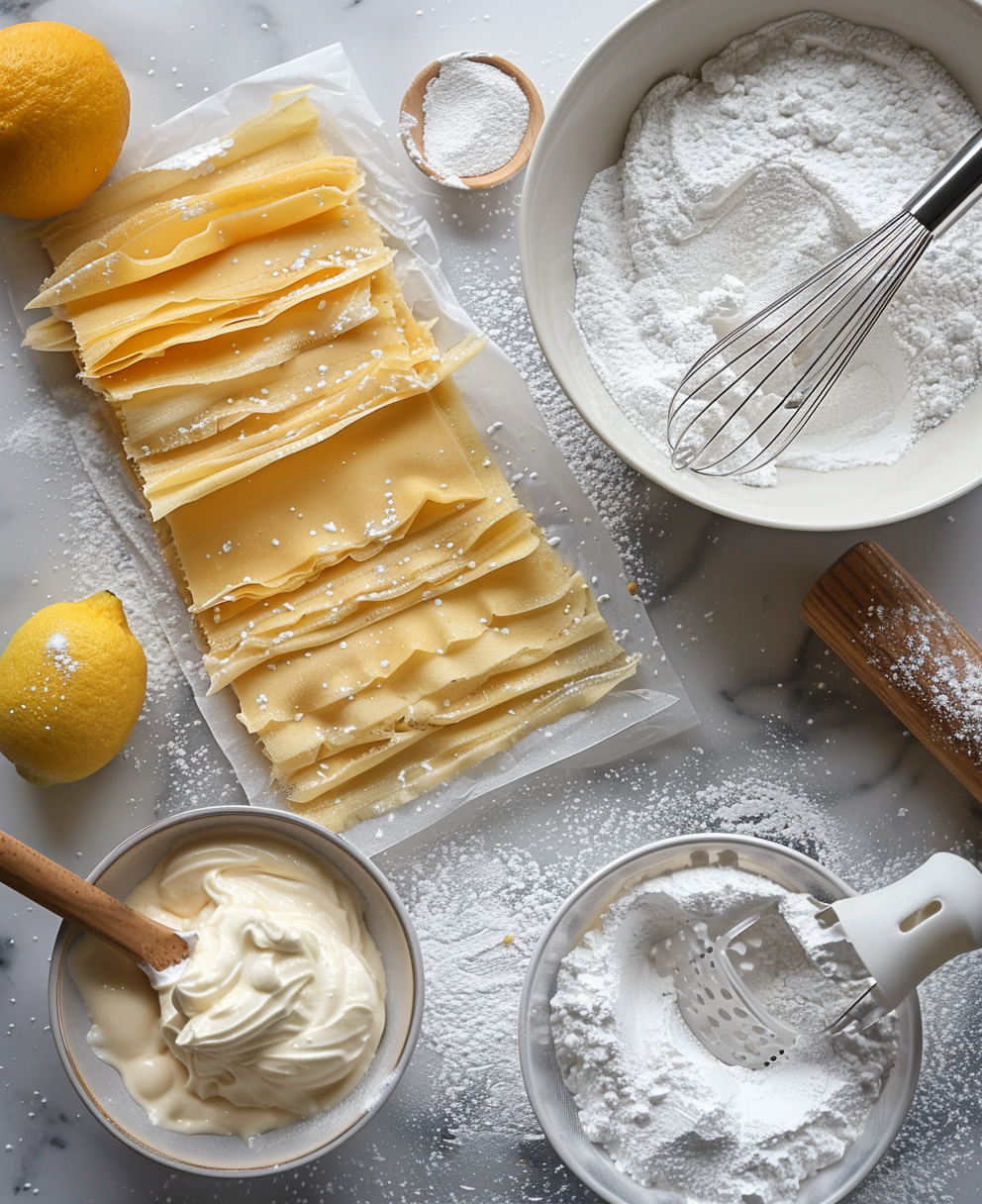
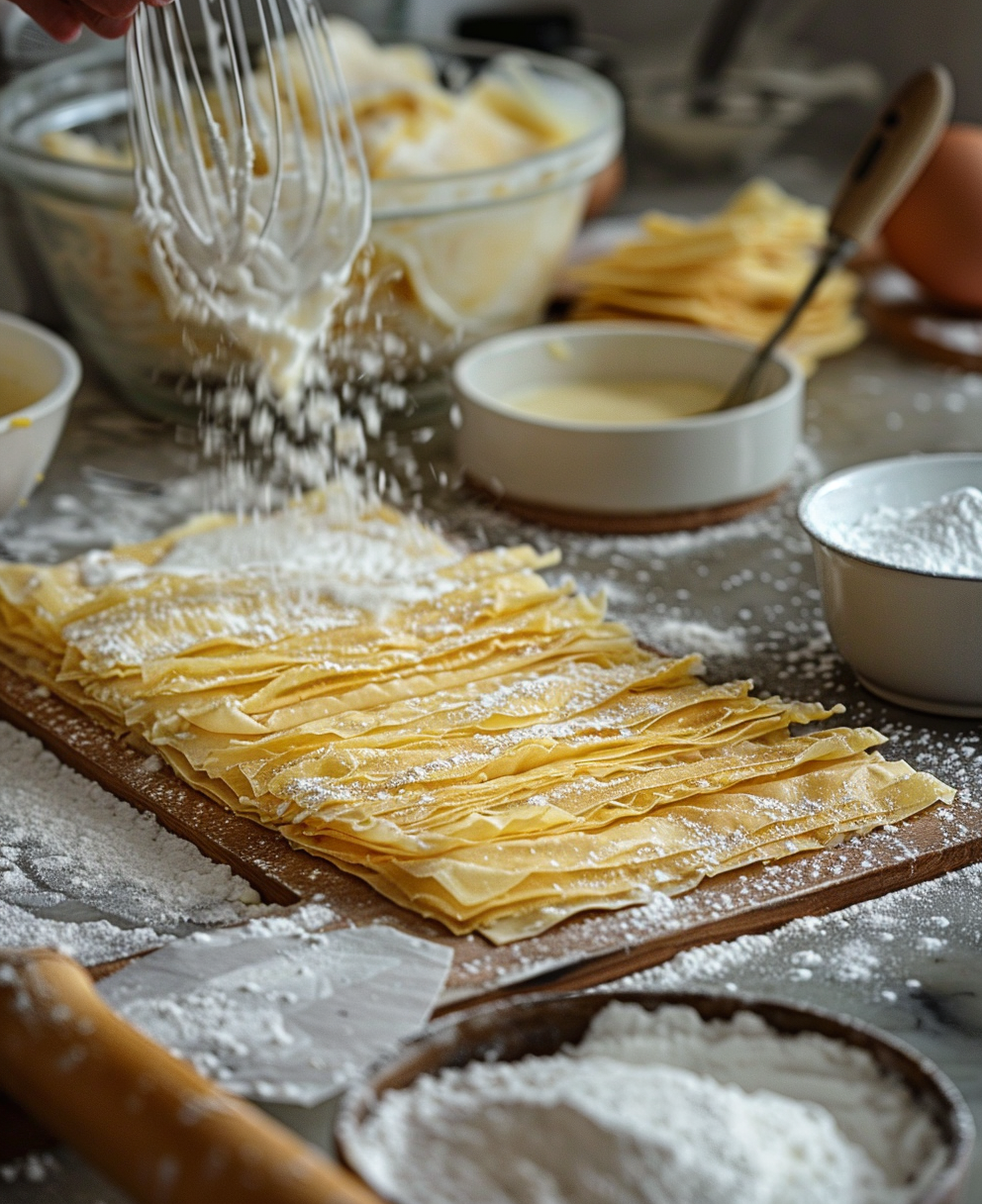
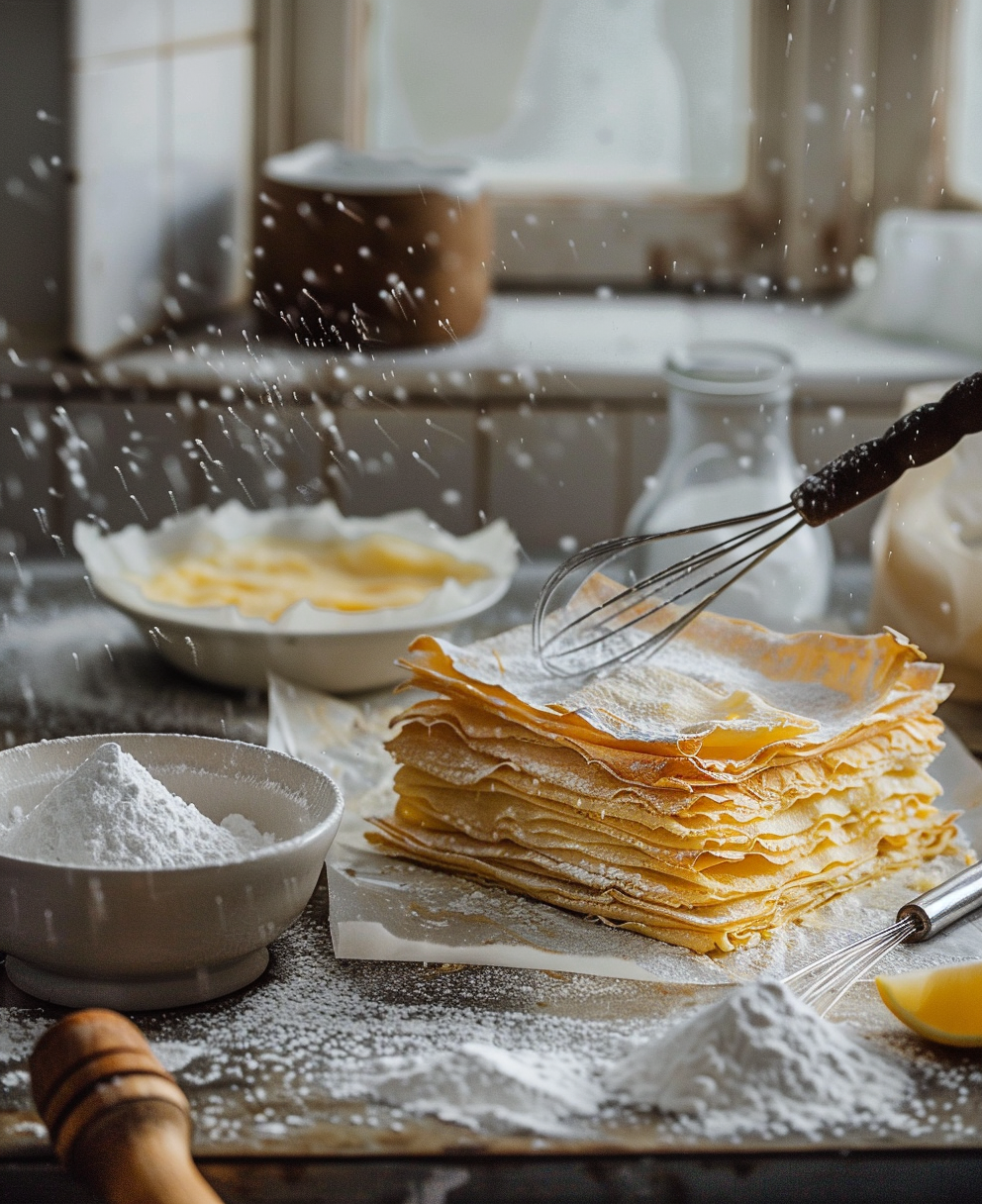
How to Make a Traditional Milhojas Cake
Alright, let’s dive into the fun part—how to actually make this show-stopping dessert. If you’ve ever wondered how to make milhojas cake, you’re in for a treat. It’s not as intimidating as it sounds, trust me. I remember my first attempt—it was messy, but oh-so-rewarding. There’s something magical about assembling those layers yourself and watching them come together into a masterpiece.
The classic mexican milhojas cake recipe starts with three key players: puff pastry, dulce de leche, and a sprinkle of creativity. Some variations, like a milhojas cake with fruit, add fresh berries or slices of mango for an extra pop of flavor. But before we get ahead of ourselves, let’s break it down step by step.
First up, the puff pastry. You can either make it from scratch (props to you if you do!) or grab a pre-made version from the store. Honestly, I’ve done both, and while homemade is always impressive, store-bought works just fine when you’re short on time. Roll it out thin, cut it into even rectangles, and bake until golden brown. Pro tip: prick the dough with a fork before baking to prevent it from puffing up too much. Nobody wants wonky layers!
Next, the star of the show—dulce de leche. This creamy caramel-like filling is what makes the milhojas pastel so irresistible. You can buy it ready-made or whip up your own using condensed milk. I’ve got a secret hack for you: if you’re feeling lazy, check out this rossini cake bars recipe. The dulce de leche tips there are pure gold.
Now comes the assembly. Layer your cooled puff pastry sheets with generous spreads of dulce de leche. Here’s where precision matters: spread evenly to avoid gaps, but don’t overdo it, or you’ll end up with soggy pastry. Speaking of which, here’s a little trick I learned the hard way—let the pastry cool completely before adding the filling. Otherwise, the heat softens the layers, and nobody wants that.
By the way, if you’re aiming for perfection, chill the assembled cake in the fridge for about 30 minutes before slicing. This helps everything set nicely. And hey, if you’re feeling fancy, dust the top with powdered sugar or drizzle some chocolate sauce. For inspiration, take a peek at this number cake recipe. The decorating ideas are spot-on.
Where to Find Milhojas Cake Near You
Okay, so maybe baking isn’t your thing—or maybe you just want to try the real deal before attempting it yourself. If you’re searching for milhojas cake near me, you’re in luck. Latin American bakeries are your best bet. These spots often specialize in desserts like milhojas argentina or milhojas chile, each with its unique twist.
I still remember walking into a tiny bakery in Buenos Aires and spotting a towering mil hojas pastel behind the counter. It was love at first sight. Funny enough, the shopkeeper told me they sell out every single day. Moral of the story? Get there early if you want a slice!
If you’re not in a region known for Latin American desserts, don’t worry. Specialty stores or international markets might carry milhojas pastel or similar layered treats. A quick Google search or Yelp review can point you in the right direction. Personally, I’ve had mixed luck with store-bought versions. Some are amazing, while others fall flat (literally). Homemade will always have my heart, but finding a great bakery is worth the effort.
Here’s the thing—there’s something special about tasting a professionally made milhojas cake. The layers are usually thinner, the dulce de leche richer, and the presentation flawless. That said, nothing beats the satisfaction of making it yourself. If you’re curious about other impressive cakes, this 2 tier cake recipe is a great place to start for layered desserts.
Creative Variations of Milhojas Cake
Now, let’s talk about shaking things up. While the traditional milhojas cake is already a winner, why not experiment a little? Adding fresh fruits is one of my favorite ways to elevate the dessert. Think strawberries, kiwis, or even passionfruit for a tangy twist. A milhojas cake with fruit not only looks stunning but also balances the sweetness of the dulce de leche.
Another idea? Fusion flavors. Imagine combining elements of milhojas argentina (powdered sugar) with milhojas chile (fresh fruit). Or go bold and incorporate spices like cinnamon or a hint of chili powder. Trust me, these small tweaks can make a big difference. For more creative inspiration, check out this birthday cakes for men guide. Even though it’s geared toward birthday cakes, the flavor combinations are genius.
One variation I tried recently involved swapping dulce de leche for Nutella. Wild, right? It wasn’t traditional, but it was delicious. The hazelnut-chocolate combo added a whole new dimension to the dessert. Just be careful not to stray too far from the core concept—layers are non-negotiable!
Funny enough, I once attempted to turn a milhojas cake into a mini version for a party. Instead of stacking full sheets, I cut the pastry into bite-sized squares and piped dulce de leche on top. They were gone in seconds! Guests couldn’t stop raving about how cute and tasty they were. Lesson learned: sometimes smaller is better.
Experimentation is key, but don’t forget to honor the essence of the dessert. Whether you stick to tradition or try something wild, the goal is to create something that brings joy. After all, isn’t that what desserts are all about?
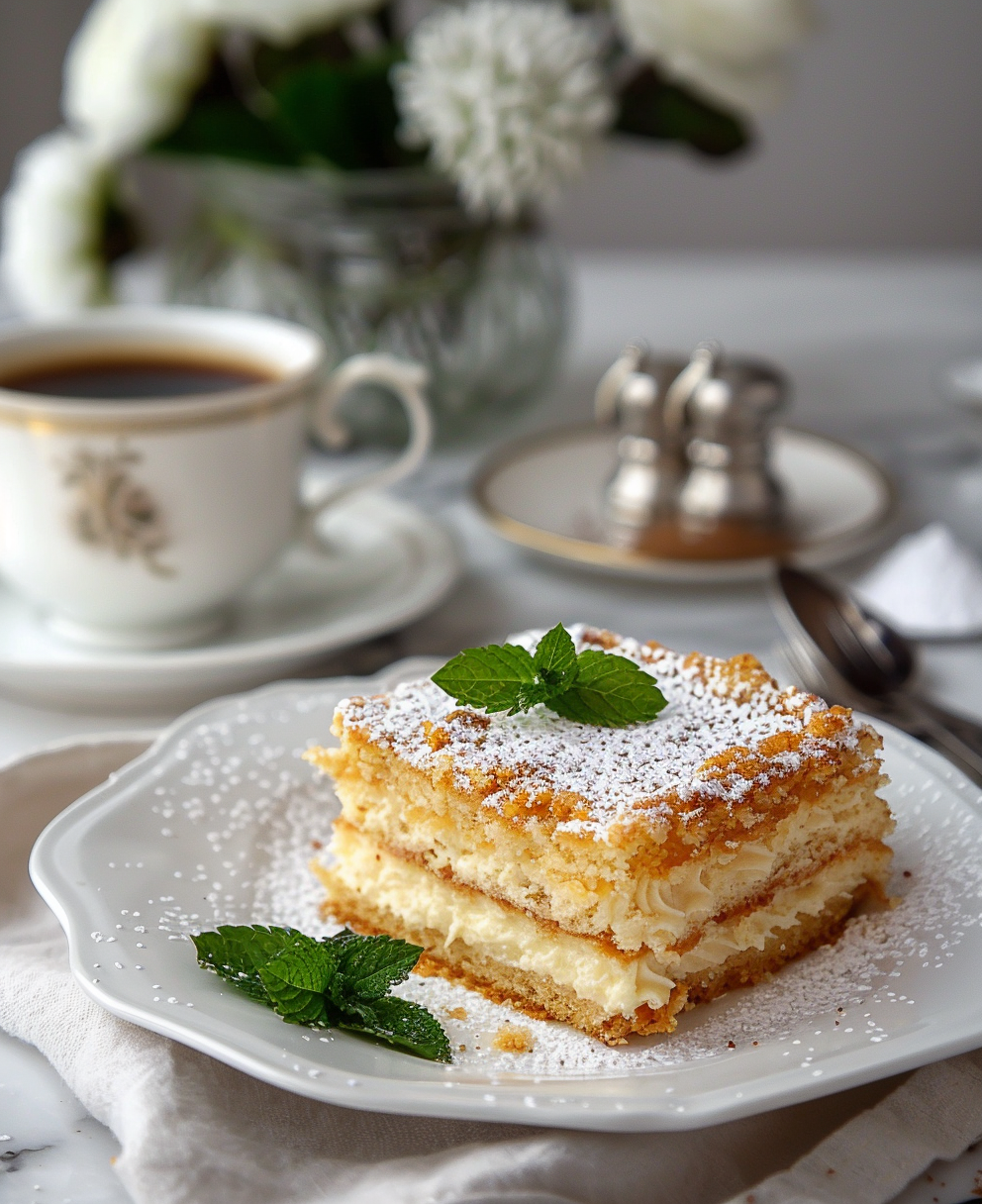
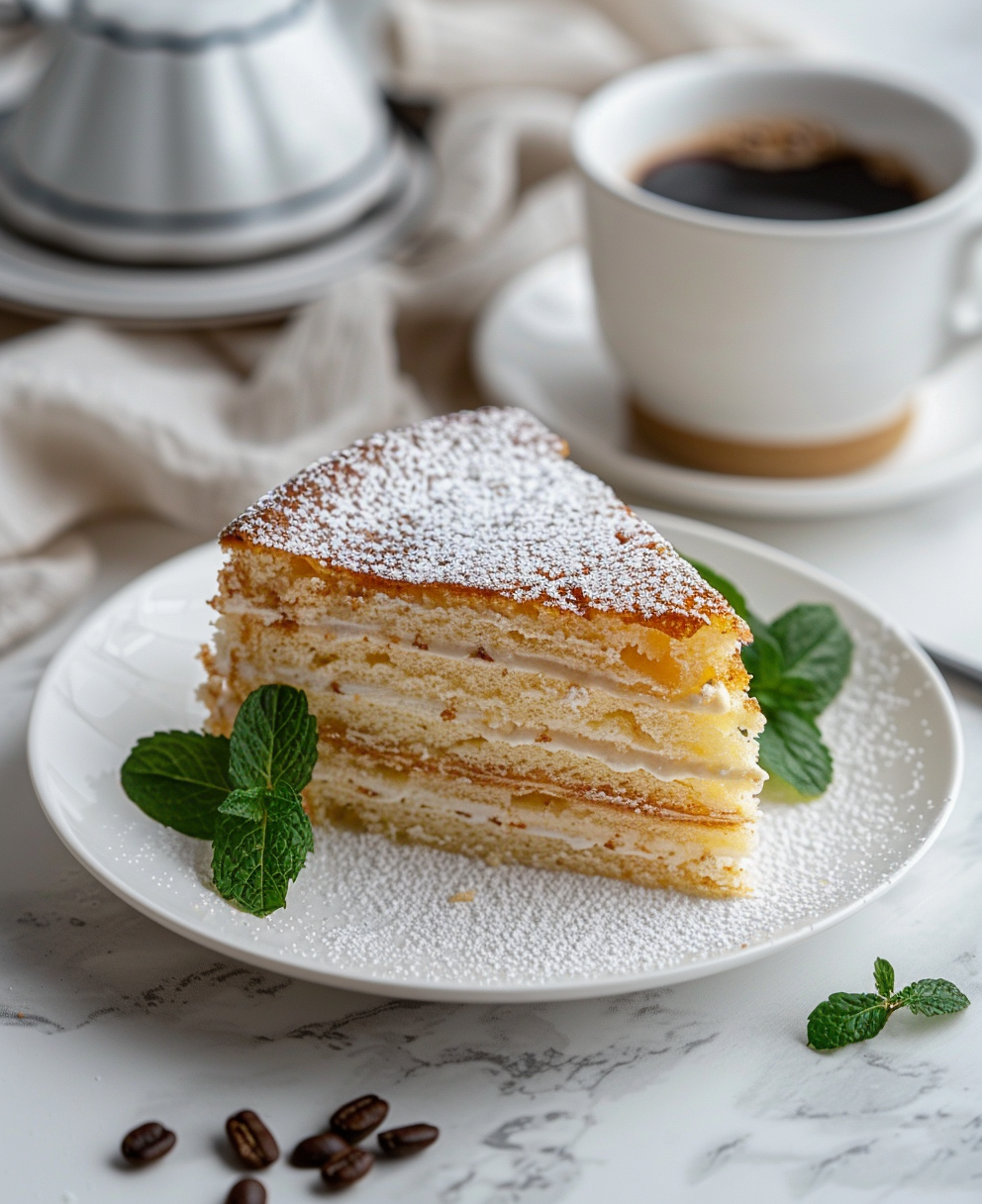

Tips for Perfecting Your Own Milhojas Cake at Home
So, you’re ready to take your milhojas cake game to the next level? Awesome. Let’s talk about how to make it not just good, but absolutely unforgettable. I’ve been there—burnt pastry edges, uneven layers, dulce de leche that was a tad too runny. But over time, I picked up some tricks that made all the difference. Trust me, these tips will save you from some rookie mistakes.
First things first, let’s talk about the puff pastry. You already know you can use store-bought or homemade dough, but here’s the deal: if you’re going the store-bought route, splurge on a high-quality brand. Not all puff pastry is created equal, and subpar dough can ruin the whole experience. If you’re making it from scratch, roll it as thin as possible without tearing. Thin layers mean more crunch, which is exactly what you want. And remember to keep an eye on it while baking. One minute it’s golden brown, the next it’s borderline black. Oven temps can be sneaky like that.
Now, onto the dulce de leche. This is where quality really matters. Don’t skimp here. If you’re buying it pre-made, look for brands that are creamy, not grainy. If you’re making it yourself, go slow and stir often. The last thing you want is burnt caramel ruining your masterpiece. By the way, I once tried using a cheaper dulce de leche knockoff, and it tasted… off. Lesson learned: always go for the real deal. For extra richness, try whisking in a bit of heavy cream or butter right before spreading it on the layers. It adds a luxurious texture that’ll make your cake stand out.
Assembly is where patience truly pays off. I know it’s tempting to rush through this step, especially when you’re hungry, but resist the urge. Take your time to spread the dulce de leche evenly. Uneven layers can throw off the balance of flavors and textures. Also, don’t forget to let the pastry cool completely before adding the filling. I made the mistake of skipping this step once, and the layers turned into a soggy mess. Not cute. Once assembled, chill the cake for at least 30 minutes. It firms everything up and makes slicing a breeze.
Here’s a pro tip: if you’re aiming for restaurant-level presentation, use a serrated knife to cut the cake. It gives you clean edges without squishing the layers. Oh, and dusting powdered sugar on top isn’t just for looks—it adds a subtle sweetness that ties everything together. For an extra wow factor, try drizzling a bit of melted chocolate or decorating with fresh fruit. A milhojas cake with fruit is always a crowd-pleaser.
Funny enough, one of my biggest breakthroughs came from experimenting with portion sizes. Instead of making one giant cake, I started creating mini versions. They’re easier to handle, less intimidating for beginners, and honestly, they look adorable. Plus, people love bite-sized desserts at parties. Just saying.
Frequently Asked Questions About Milhojas Cake
Got questions? I’ve got answers. Here’s a quick rundown of some common queries about this beloved dessert:
What is a milhojas cake?
A milhojas cake is a layered dessert made with thin sheets of puff pastry and dulce de leche. Its name translates to “thousand leaves,” referring to its many flaky layers. It’s popular in Latin America, especially in countries like Argentina and Chile, where it’s a staple at celebrations.
What is milhojas in English?
In English, “milhojas” translates to “thousand leaves.” The term perfectly describes the dessert’s structure, which consists of numerous delicate pastry layers.
What is Mil Hojas cake in English?
The direct translation is “thousand-layer cake.” While it’s not commonly called that outside of Latin America, the concept remains the same—a dessert built with stacked layers of puff pastry and creamy filling.
What was Queen Elizabeth’s favourite cake?
Queen Elizabeth reportedly loved simpler British treats like fruitcake and Battenberg cake. That said, I like to imagine she would’ve enjoyed a slice of milhojas cake if given the chance. After all, who could resist its elegant layers and rich flavors?
Is milhojas cake difficult to make?
Not at all! While it might seem intimidating at first, it’s actually quite straightforward. The key is to take your time with each step, from baking the pastry to assembling the layers. With practice, you’ll get the hang of it.
Can I use store-bought puff pastry?
Absolutely. Store-bought puff pastry works great, especially if you’re short on time. Just make sure to choose a high-quality brand for the best results.
How do I prevent soggy layers?
To avoid sogginess, let the pastry cool completely before adding the dulce de leche. Also, spread the filling evenly and don’t overdo it. Less is more when it comes to maintaining crisp layers.
Where can I find dulce de leche?
You can find dulce de leche in most grocery stores, especially in the international aisle. If you’re feeling adventurous, you can also make it at home using condensed milk. Check out this cakes and cupcakes category for more tips on working with dulce de leche.
Can I add fruit to my milhojas cake?
Yes! Adding fruit is a fantastic way to enhance the flavor and presentation. Strawberries, kiwis, and mangoes work beautifully. Just make sure to pat the fruit dry before placing it on the cake to avoid excess moisture.
How long does milhojas cake last?
It’s best enjoyed within 1-2 days. Store it in the fridge, but let it come to room temperature before serving for the best texture and taste.
By the way, if you’re looking for more inspiration, check out this cakes and cupcakes category. You’ll find tons of ideas to spark your creativity.
Why Milhojas Cake Deserves a Spot in Your Dessert Rotation
Let’s face it—the world needs more milhojas cake. Sure, it’s already beloved in places like Argentina and Chile, but it deserves to be a global sensation. There’s something magical about those crispy layers and creamy dulce de leche coming together in perfect harmony. Whether you whip up your own version or hunt down a bakery that makes it, this dessert is guaranteed to bring joy.
Here’s my challenge to you: give it a try. Bake your own milhojas pastel, experiment with flavors, or visit a local bakery to see what all the fuss is about. Whatever you do, don’t miss out on this treat. And hey, if you do make it, I’d love to hear about your experience. Drop me a note or share your creation—I’m always here to chat about desserts!

Equipment
- Oven
- Baking sheet
- Rolling pin
- Knife or pizza cutter
- Spatula
- Refrigerator
Ingredients
- 1 roll Puff pastry store-bought or homemade
- 1 cup Dulce de leche store-bought or homemade
- to taste Powdered sugar for dusting
- optional Fresh fruit e.g., strawberries, kiwis, mangoes
Instructions
- Preheat the oven and prepare your puff pastry by rolling it out thin and cutting it into rectangles.
- Prick the dough with a fork before baking to prevent excessive puffing.
- Bake the puff pastry rectangles until golden brown, then let them cool completely.
- Prepare the dulce de leche if making it from scratch, ensuring it's creamy.
- Once the pastry is cooled, spread a layer of dulce de leche evenly over a piece of pastry.
- Stack another pastry layer on top and repeat the process, adding dulce de leche between the layers.
- Once assembled, chill the cake in the fridge for about 30 minutes to set.
- Before serving, dust the top with powdered sugar or drizzle with chocolate sauce if desired.
- Slice and serve, optionally garnished with fresh fruits.
